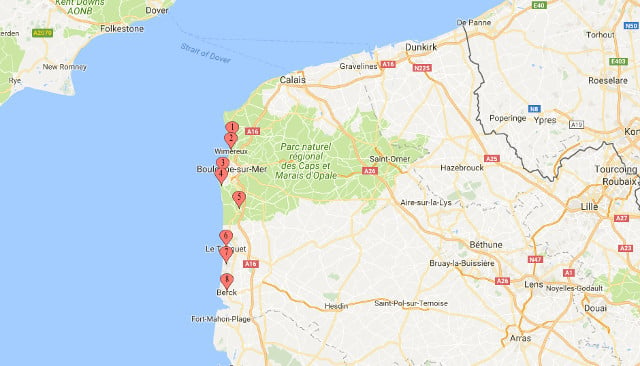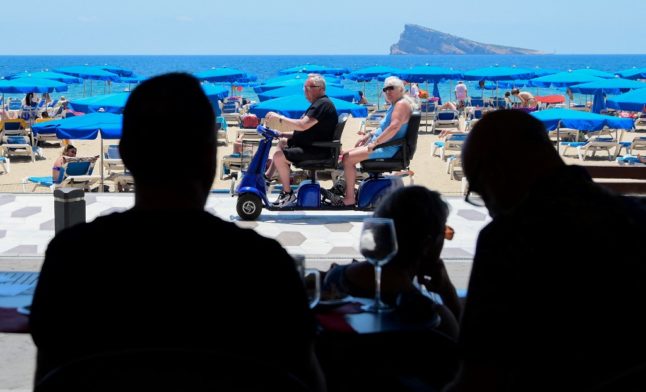
TOURISM
The mystery of the millions of yellow sponges colonizing France’s northern beaches
Hundreds of thousands of mysterious yellow sponge-like balls have populated beaches in northern France sparking confusion among the area's residents and holidaymakers.
Published: 18 July 2017 13:43 CEST
There are hundreds of thousands of mysterious yellow spongy substances currently populating the English Channel coastline of France's northern Pas-de-Calais department.
From the coastal city of Boulogne-sur-Mer to the nearby town of Le Touquet, the spongy substances – that have also been compared to mousse – have colonised around 30km of the coastline, La Voix du Nord reported.
The beaches affected by the spongy invasion are La Slack, Wimereux, Le Portel, Equihen-Plage, Hardelot, Le Touquet, Stella and Berck.

The beaches affected by the spongy invasion. Map: Google Maps
And while it might look as if this part of France's northern coastline, also known as the Opal Coast, has been overun by an influx of sponges, the authorities aren't exactly sure where the mysterious substance comes from, although they confirmed on Monday that “to their knowledge” it isn't a danger to “public health, animals or plants” in the area.
Even so, prudence is recommended around the mystery substance, but that hasn't stopped swimmers, windsurfers or fishermen from going about their business.
And while authorities have made it a priority to clean up the touristy area, analysis is being carried out in an attempt to solve the mystery of what the yellow sponges are made up of.
“It seems to come from an oil product,” said Jonathan Hénicart, president of the Sea-mer association, an NGO concerned with protecting the coasts told French TV news channel BFMTV. “It could come from a polyurethane product commonly used for building. And it smells very, very lightly of parrafin.”
Url copied to clipboard!


 Please whitelist us to continue reading.
Please whitelist us to continue reading.